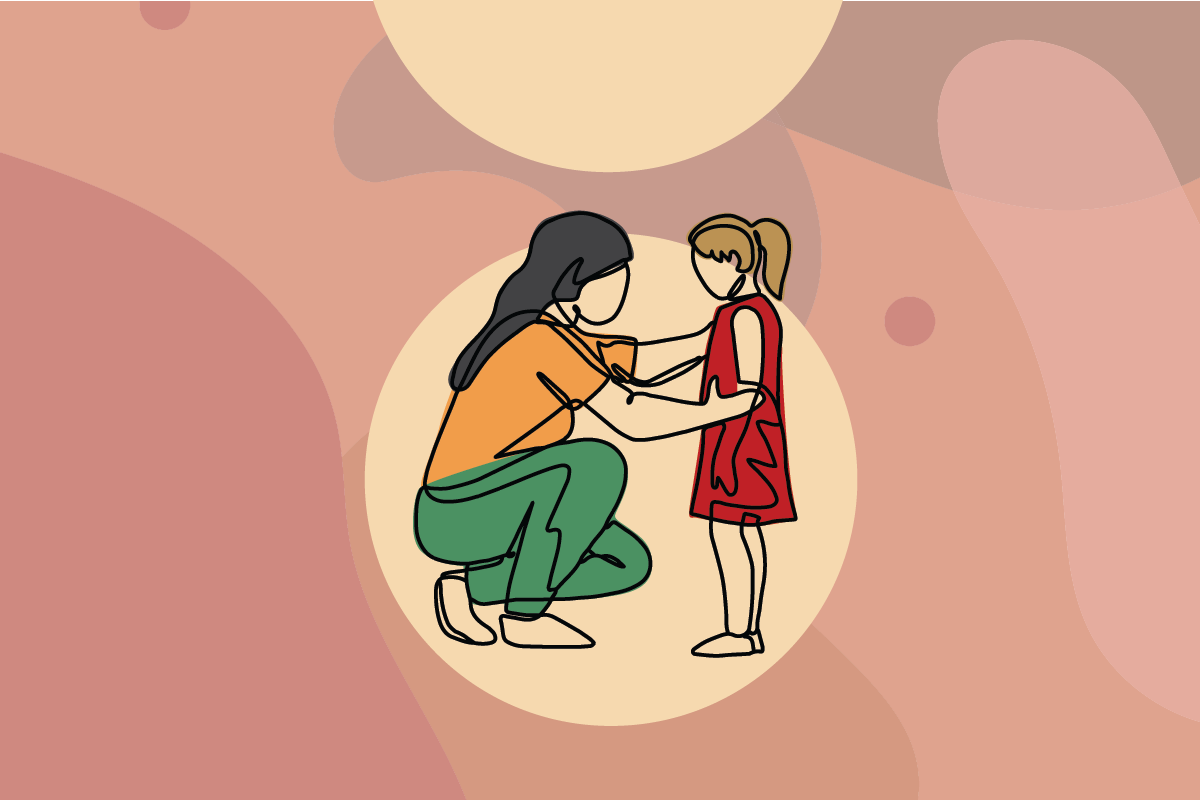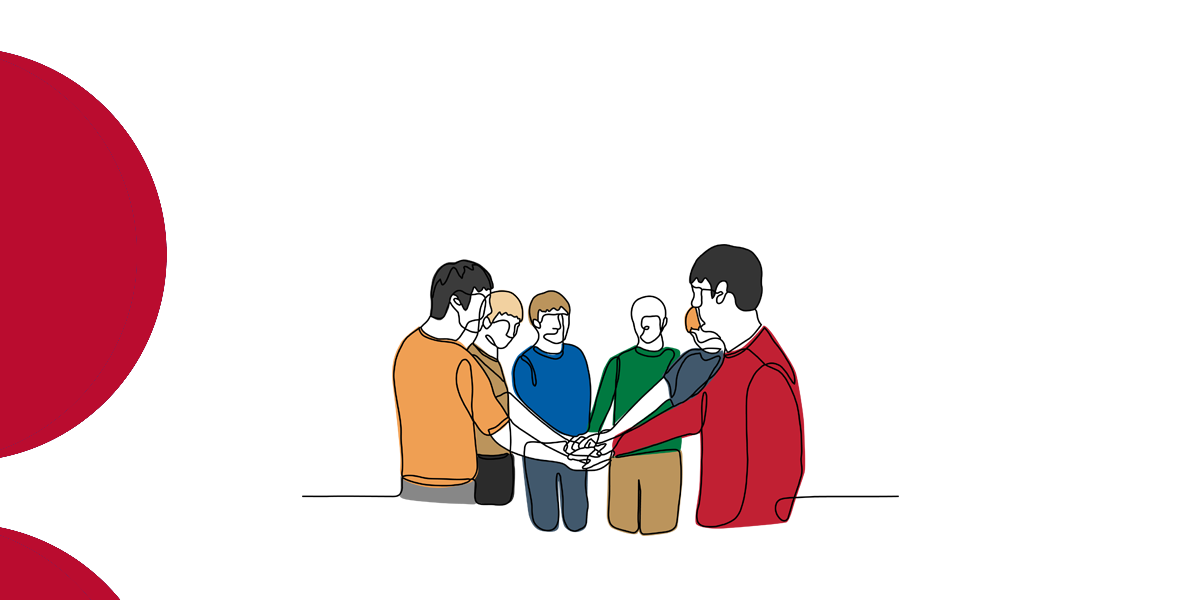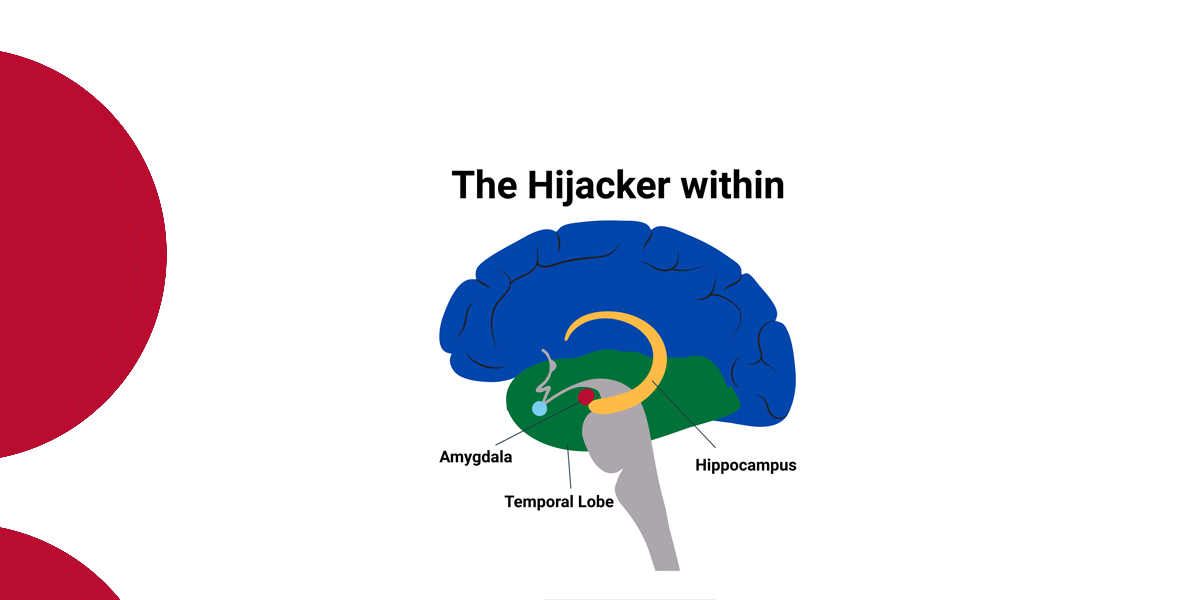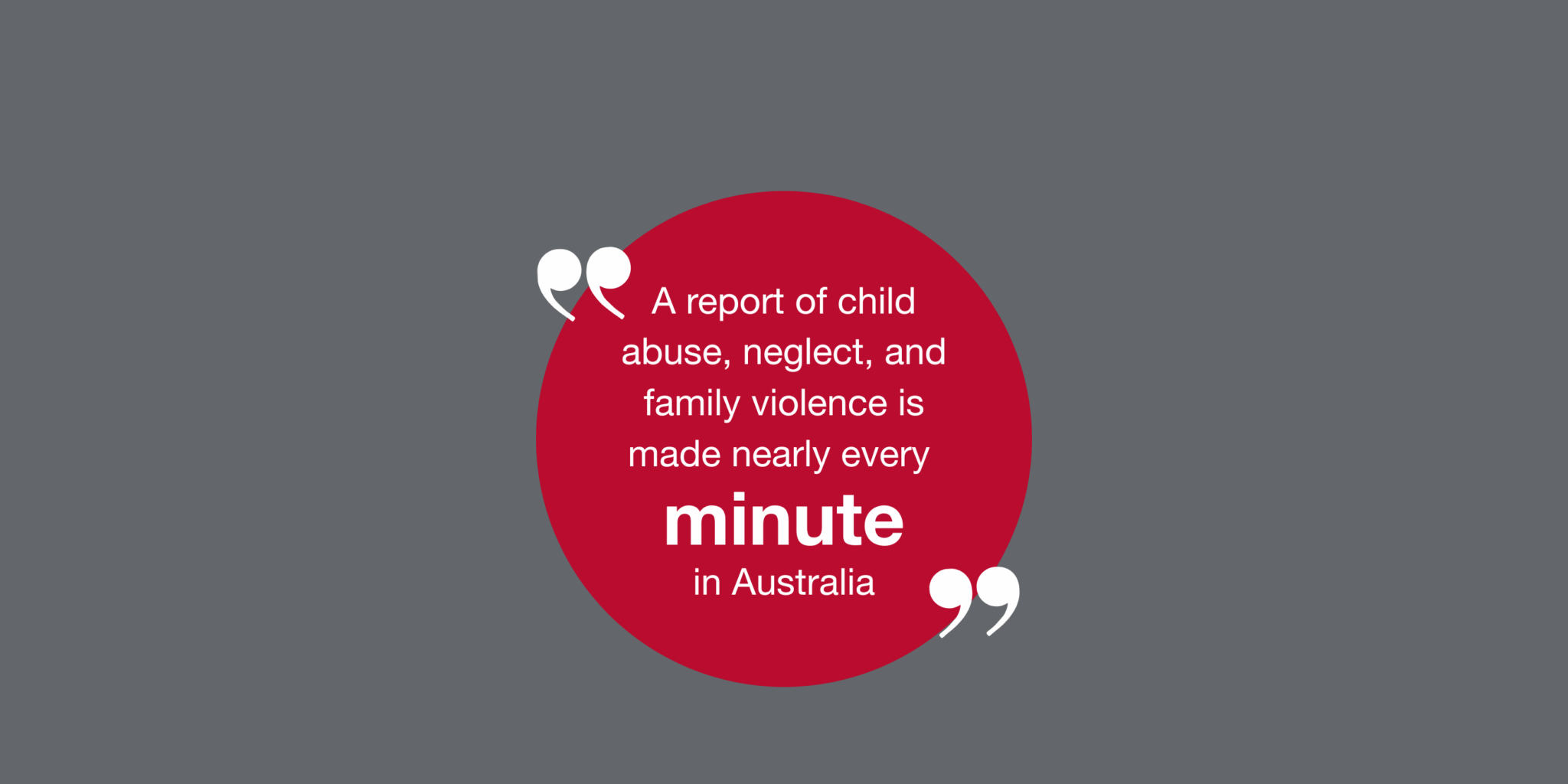How do you prepare for the transitioning of young people into an Intensive Therapeutic Care house? Part 1
Apr 2021
Written by Peter Le Breton
This is a two-part blog and will focus on the transition of young people into an Intensive Therapeutic Care house; however, most of the content is transferrable to other placement types in out of home care. We begin at the point of transition planning, assuming the placement matching and assessment has occurred, and a young person has been offered a placement.
Maintaining a home with a vacancy
An important note about the operation of a home with one or more vacancies:
Homes operating with a vacancy need to operate with the expectation the placement/s will be filled. Always have a bedroom ready as though a young person could move in at any time and they would feel at home. Utilising one of the bedrooms for any other purpose, such as gaming, can lead to further disruption when that bedroom needs to be used for another young person. Resist the urge to refer to a bathroom as an individual young person’s bathroom as it will need to be shared when a new young person moves in.
It is critical the house operates with consistent boundaries or expectations.
Altered rules for current young people may have to be adjusted for a new young person. This could ultimately lead to a negative view of the new young person because of the change, making the transition more difficult.
For example, consider a situation where you have a house with two young people currently in placement. They are generally very settled and no presenting self-harm behaviours. A decision is made based on the young people’s preference to provide razors to the two young people. A referral is then accepted for a young person who is currently coping with a traumatic history by self-harm. The staff team decided to restrict access to razors.
This scenario has created three negative consequences, firstly
- A change in the care environment for the current young people.
- It creates a potentially negative view of the new young person as their moving in has led to the change. Finally, and significantly.
- The action has potentially led the current young people to the conclusion that the new young person engages in cutting behaviour.
This creates challenges to the new young person’s placement, with the current young people potentially highlighting suspected vulnerabilities.
Maintaining consistent boundaries and expectations in the home allows for continuity of service, less confusion for staff and young people and avoids circumstances like those outlined above.
It is important to note that there may be circumstances where it is therapeutically appropriate to have a variation in limits, boundaries and expectations for an individual young person. When these situations occur, there needs to be a deep reflection by the team and the Therapeutic specialist regarding how it will be managed.
Developing a transition plan
A transitional Care Team is created whereby those who are currently providing care for a young person meet with those who will be taking on the care of the young person. This group is temporary for the purposes of the safe and effective transition of the young person from one placement to another. This team meet and discuss in detail the transition of care. All members of the current and future care provision should be involved in transition planning. The plan will be simple, with clear actions and timeframes. The steps will be sequential and often dependent on one another.
Participation and the young person’s voice in transition planning
The young person must play a central role in the development of the transition plan. Their view is best captured via conversation with the case worker, therapeutic specialist, or house manager. You will know as a team who is best to have this conversation. Genuine consultation with the young person being referred is critical to success. We want to hear directly from the young person their questions, concerns, and preferences for the new placement. The transition care team is responsible for providing a response to the young person regarding any questions, concerns, or preferences, if something is not possible, they have the right to hear why. Sometimes a move that is not perfect for the young person or exactly what the young person wants is necessary, it does not mean we cannot give all choices possible within the parameters of the move.
Understanding the young person in their current placement
We want to establish a good understanding of the current placement. Some questions you might ask include:
- How the young person presents and functions in their current placement?
- What is working well and can be built on?
- What is to be avoided?
- What things present as challenging for the young person?
- What will this look like in the new environment?
- How will we manage this?
- This information is then incorporated into transition and placement planning.
Anchor points
An important consideration is the services and community organisations the young person is currently engaged in. If the young person is stable and connected to a service and it does not need to be changed immediately or at all, it should remain in place for the young person during and following the transition. If the service does need to change, attention needs to be paid to this service being available to the young person as soon as practicable following the move. Maintaining continuity and consistency for the young person will assist in a successful transition to the new home.
Structure of the process
Structure is critical to success of the transition plan. The transition must have a definite start and endpoint, this provides the young person certainty that the move is real and will happen within that timeframe. Within the context of the timeframe, we can move at the young person’s pace. if they want the move sooner, which in my experience is common, they can. If, for whatever reason, the young person is resistant to the move, the clear timeframe assists in their understanding of the move.
If we do not put in a clear timeframe, the transition can continue for weeks and perhaps not happen at all. Not providing a clear timeframe puts undue pressure on the young person to choose when the move occurs. There is safety in the certainty of the transition timeframe.
All adults on the same page
As professionals who care for young people, often for a long time, it is normal to want the best for them. If we do not agree with the proposed placement option, the place for that discussion is at the professional level and escalation to higher decision-making powers if necessary.
Should we strongly disagree with the move, dedicated reflection and discussion need to occur between staff as to whether that view should be shared with the young person. This is an important ethical consideration that balances being open and honest with the young person with potentially disrupting the transition for the young person.
Once a decision is final, regardless of our views of the systemic challenges or other considerations, our role as professionals and trusted members of the young person’s Care Team is to hold them through the transition.
The young person needs to hear consistent messaging from those currently supporting them in placement and those receiving them in the new placement. The transition may be challenging enough, we do not want to add to those challenges by delivering conflicting or inconsistent messages to the young person.
Parallel lines of the transition plan
The transition plan is executed along three parallel lines:
- the preparation of the young person,
- the transfer of information from current to receiving Care Team, and
- preparation of the new home, young people, and staff within it.
While actions are happening alongside one another, there are critical dependencies. For example, the young person is informed of their move prior to the young people at the new house, in case they know them or someone in their environment. You would never want a young person to hear about their move from someone else. Communication regarding progress of each action is critical so others are clear when next actions can occur, an email thread is the most effective way to achieve this.
We will explore how to prepare the new team, young person, and the other young people in part-two of this Blog.
Peter Le Breton, Learning & Development Specialist at MacKillop Family Services
Author note:
Peter has worked in Residential OOHC in NSW since 2006. Peter has worked in a range of roles in that time, ranging from direct work to District Manager. Peter brings a particular focus on frontline staff development in connecting with vulnerable young people to his work.









































